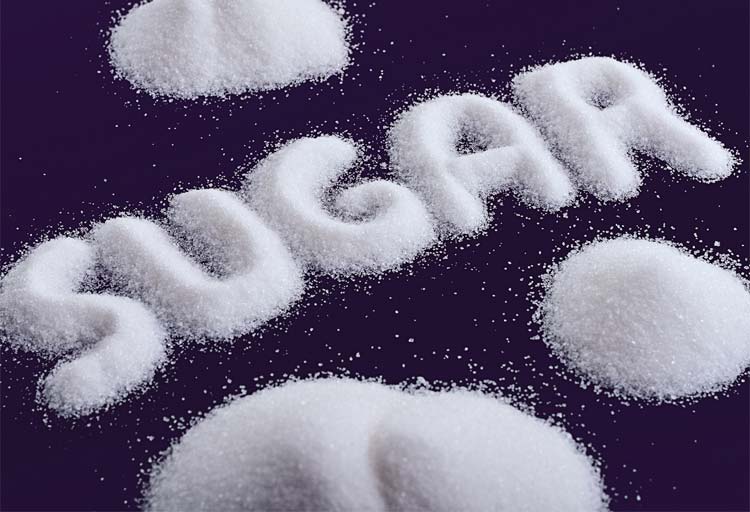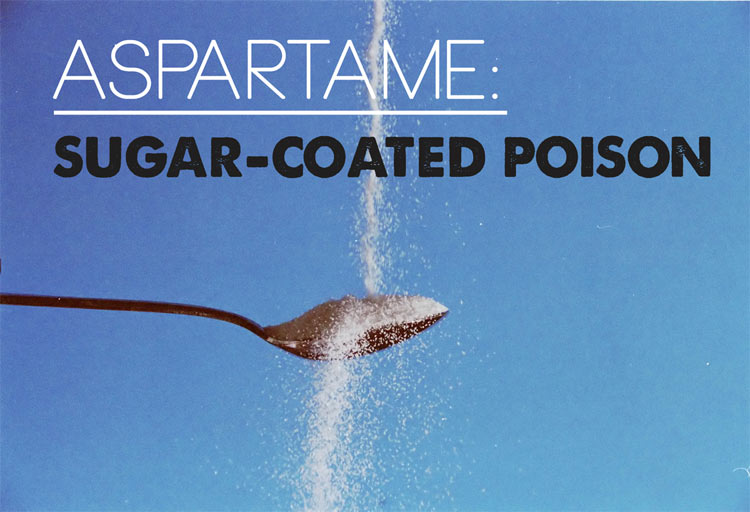SUGAR! Delicious and Deadly
Posted onMore than 30 years ago I noticed that eating sugared foods made me extremely tired in the mornings. A little sugar in the water to boil carrots gave me “sugar eyes” – that’s what I called the sense of glue in the morning as I tried to open my eyes. A cup of coffee and a donut would literally keep me from getting out of bed – I was habitually late for work. I did not realize it was the sugar until I stopped putting sugar in my coffee and replaced donuts with hot unsweetened cereal. After three days of this new regime, I got up early and I had clear eyes – no sugar eyes! I was alert and awake! What a discovery!
Feeling well is a great incentive. After that experience I pretty much cut out refined sugar from my diet. Every so often I’d stray, but the fatigue and the “sugar eyes” kept reminding me. What I also noticed is that my moods changed dramatically once I quit eating sugar. From my usual slight malaise, a vague sensation of sadness or minor depression, I went to feeling normal and OK pretty much most of the time. What surprised me was that such experiences were dismissed by the mainstream nutritionists, and other parents were horrified when I mentioned that I gave my children no sugared cookies, ice cream, or candy – ever. (If they got it themselves, that was not my problem; they just didn’t get it in the house from me.) That was because I had found, early on, as do many parents, that the kids often go crazy when they get sugar.






